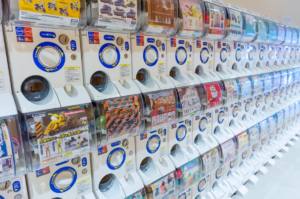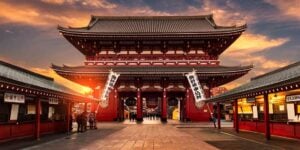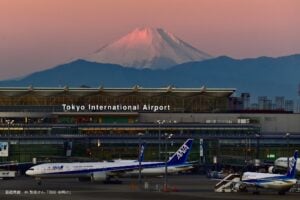Are you planning a trip to Japan? If so, you might be wondering what the best time to go is. The answer to that question depends on several factors, including your preferences, budget, and the experiences you want to have. In this article, we’ll explore the different factors that can help you determine the best time to visit Japan. We’ll also provide some personal anecdotes and in-depth information on different aspects of Japanese culture to help you plan your trip.
Climate in Japan
Japan has four distinct seasons, with regional variations in climate and weather patterns. Spring (March to May) and autumn (September to November) seasons offer mild temperatures and pleasant weather. Spring is known for its cherry blossom season, while autumn is known for the changing of the leaves. Summer (June to August) can be hot and humid, especially in the southern regions of Japan. Winter (December to February) is the coldest season in Japan, with snowfall creating a beautiful winter wonderland.
In my personal experience, I visited Japan in late November, and the autumn foliage was breathtaking. I went to Kyoto and visited the famous Kiyomizu-dera temple, where I was surrounded by vibrant red and yellow leaves.
Best Time to Go to Japan
- Japan has four seasons and regional variations in climate, with the best time to visit depending on weather and personal preferences.
- Seasonal events and festivals, peak tourist seasons, off-peak travel options, regional considerations, and other factors like transportation and accommodations should be considered when planning a trip to Japan.
Seasonal Events and Festivals
Japan has a rich cultural heritage, and each season brings its own unique celebrations and traditions. Cherry blossom season, also known as hanami, is one of the most popular times to visit Japan, with travelers from around the world flocking to see the delicate pink cherry blossoms in bloom. Fall foliage season, or koyo, is another popular time to visit Japan, with the changing of the leaves providing a stunning display of red, orange, and yellow colors throughout the country.
Other popular events and festivals include the Sapporo Snow Festival in February, the Gion Matsuri festival in Kyoto in July, and the Sumo Wrestling Tournament in Tokyo in January, May, and September. Last summer, I attended the Nebuta Matsuri festival in Aomori, where I saw giant illuminated floats parading through the streets. It was a truly unforgettable experience.
| Season | Best Time to Visit | Pros | Cons |
|---|---|---|---|
| Spring | Late March – Early April | Cherry blossom season, mild weather | Crowds, higher prices |
| Summer | June – August | Festivals, beach destinations, outdoor activities | Hot and humid weather, crowded |
| Fall | Late October – Early November | Fall foliage, pleasant weather | Crowds, higher prices |
| Winter | December – February | Skiing, winter sports, winter festivals | Cold weather, limited attractions |
Peak Tourist Seasons
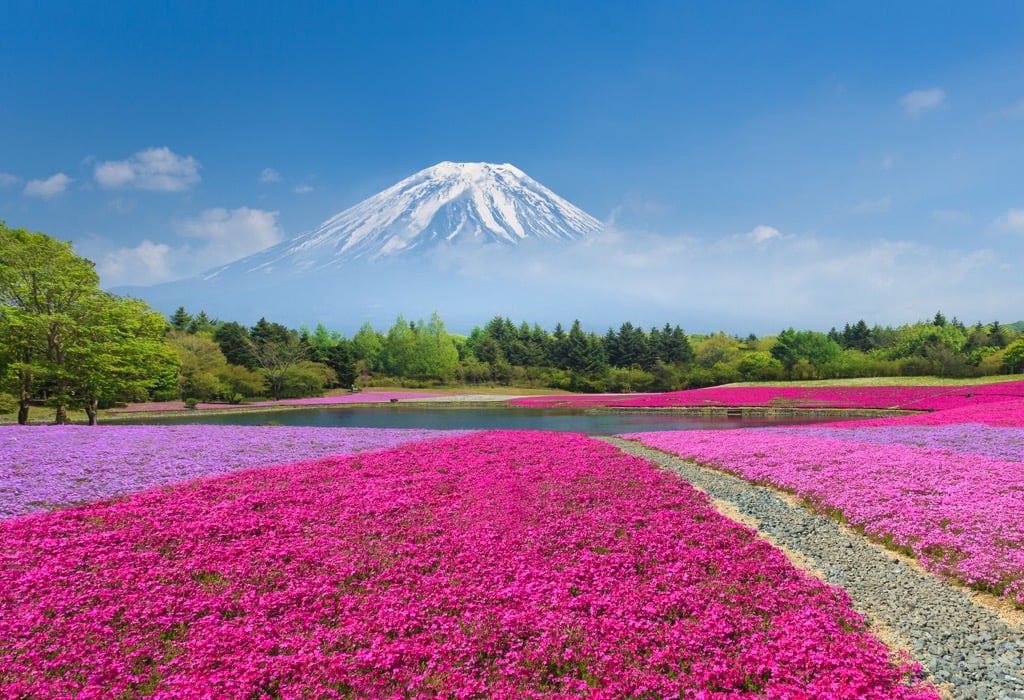
The peak tourist seasons in Japan are during the cherry blossom and fall foliage seasons, as well as during the summer months when many Japanese families take vacations. Travelers looking to avoid crowds and save money should consider visiting during the off-peak season, which is typically during the winter months. However, keep in mind that some attractions and destinations may be closed or have limited hours during the off-peak season.
Off-Peak Travel Options
Traveling during the off-peak season has many benefits, including lower prices, fewer crowds, and a more relaxed atmosphere. For travelers looking to visit Japan during the summer months, Hokkaido is an excellent destination, with mild temperatures and beautiful scenery. The winter months are also an excellent time to visit, with many ski resorts and winter sports activities available.
Regional Considerations
Japan is a geographically diverse country, and each region has its own unique climate and seasonal events. Visitors interested in traditional Japanese culture should consider visiting Kyoto, which has many historic temples and shrines, as well as traditional Japanese gardens. Tokyo is another popular destination, with many shopping and dining options, as well as unique attractions such as the Robot Restaurant. If you’re interested in Japanese cuisine, you might want to visit Osaka, which is known as the “Kitchen of Japan” and is famous for its street food and local specialties.
Other Factors to Consider
When planning a trip to Japan, there are many other factors to consider, including transportation, accommodations, and cultural events. Japan has an extensive public transportation system, including trains, subways, and buses, which makes it easy to get around the country. Accommodations in Japan range from traditional ryokans (inns) to modern hotels, with options for every budget and preference. Cultural events such as tea ceremonies, traditional Japanese dance performances, and sumo wrestling tournaments are also popular attractions in Japan, offering a unique glimpse into the country’s rich cultural heritage.
Personal Story: Making the Most of Cherry Blossom Season
During my trip to Japan, I was lucky enough to experience cherry blossom season in full bloom. I had read about the beauty and significance of cherry blossoms in Japan beforehand, but nothing could prepare me for the real-life experience.
I arrived in Tokyo in mid-March, just in time for the start of the season. I immediately noticed the excitement in the air as locals and tourists alike flocked to parks and gardens to see the delicate pink and white flowers. The streets were lined with sakura-themed decorations, and I even saw people dressed in traditional Japanese clothing taking photos under the trees.
I made sure to visit some of the most popular cherry blossom spots in Tokyo, such as Ueno Park and Shinjuku Gyoen National Garden. The sight of the blossoms against the backdrop of the city skyline was truly breathtaking. I also tried some of the seasonal sakura-flavored snacks and drinks, such as sakura mochi and sakura latte, which were delicious.
However, I quickly realized that cherry blossom season also meant larger crowds and higher prices. The popular spots were packed with people, and hotels and restaurants had jacked up their prices to take advantage of the influx of tourists.
To make the most of the season, I decided to venture off the beaten path and explore some of the lesser-known cherry blossom spots. I found some hidden gems in quieter neighborhoods and even stumbled upon a small temple with a beautiful cherry blossom tree that was completely free to visit.
Overall, my experience during cherry blossom season in Japan was unforgettable. I learned that it’s important to do some research beforehand and be prepared for crowds and higher prices, but also that there are ways to make the most of the season by exploring off-the-beaten-path locations.
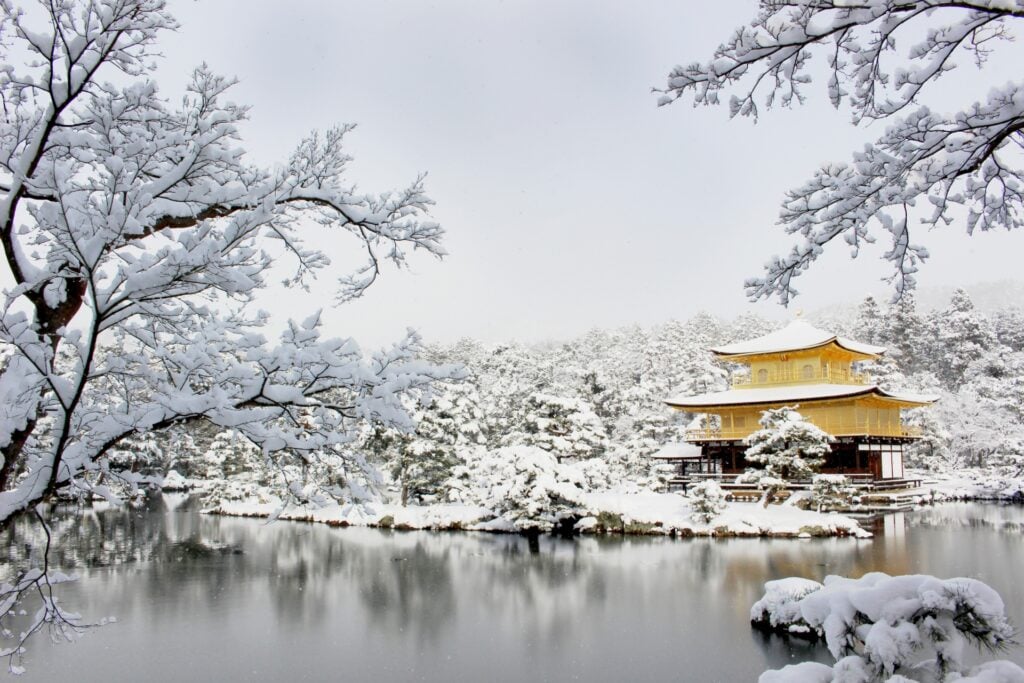
Conclusion and Recommendations
In conclusion, the best time to visit Japan depends on your preferences and what experiences you want to have. If you’re interested in seasonal events and festivals, spring and autumn are great times to visit. If you want to avoid crowds and save money, consider visiting during the off-peak season. When planning your trip, be sure to consider regional differences, transportation, accommodations, and cultural events. By doing so, you’ll be able to have an unforgettable trip to Japan.
Frequently Asked Questions
Q: What is the best time to visit Japan for cherry blossom season?
A: Cherry blossom season typically occurs in late March to early April, making it the best time to visit Japan for this event.
Q: What is the best time to visit Japan for fall foliage?
A: Fall foliage season typically occurs in late October to early November, making it the best time to visit Japan for this event.
Q: What is the off-peak season in Japan?
A: The off-peak season in Japan is typically during the winter months (December to February).
Q: What are some popular destinations in Japan beyond Tokyo and Kyoto?
A: Other popular destinations in Japan include Hokkaido, Okinawa, and Hiroshima.
Q: What is the best way to get around Japan?
A: Japan has an extensive public transportation system, including trains, subways, and buses, which makes it easy to get around the country.

